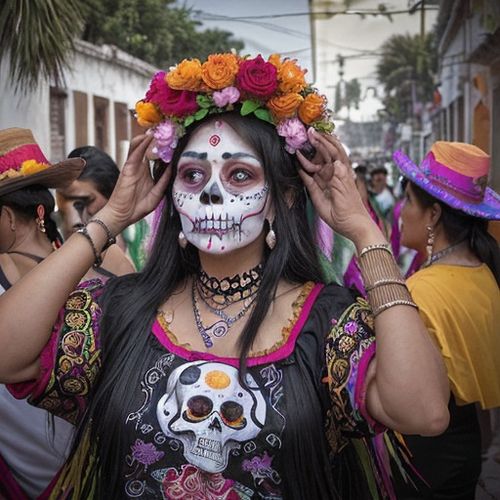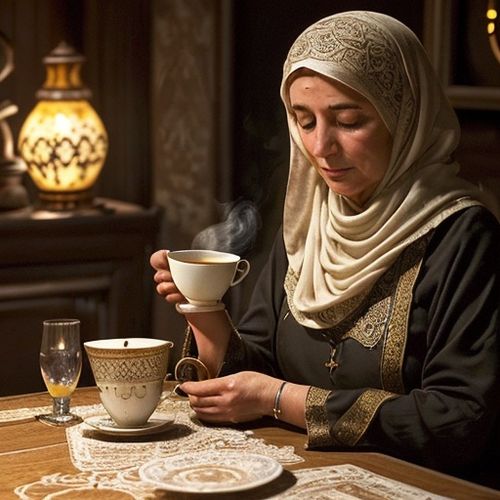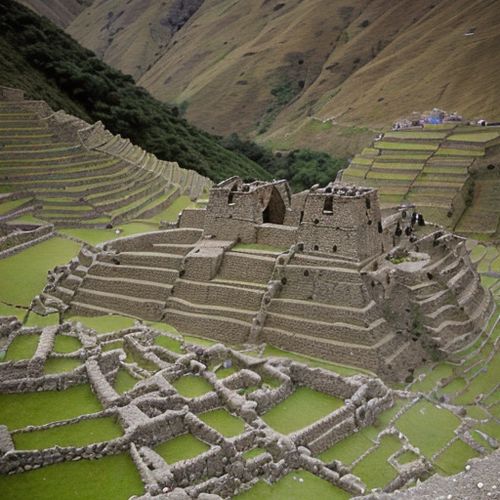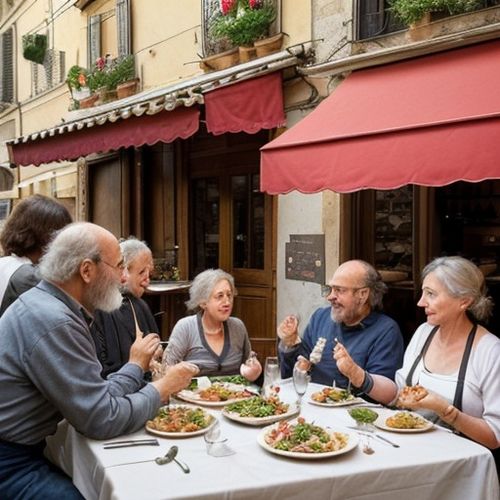In the heart of Italy’s rolling hills and sun-drenched piazzas, a culinary movement was born not out of haste, but as a deliberate rebellion against the frenetic pace of modern life. The Slow Food movement, founded in 1986 by Carlo Petrini, is more than a gastronomic preference—it’s a philosophy that weaves together tradition, community, and mindfulness into every bite. To sit at an Italian table is to understand that a meal is never just sustenance; it’s a ritual, a conversation, a celebration of slowness in a world obsessed with speed.
The essence of Slow Food lies in its name: it is an invitation to decelerate. Unlike fast food’s sterile wrappers and hurried consumption, an Italian meal unfolds like a well-composed opera—each course a new act, each flavor a note in a harmonious symphony. The antipasti awaken the palate, the primi piatti (often pasta or risotto) comfort the soul, the secondi (meat or fish) ground the experience, and the dolci linger like a fond memory. But beyond the structure, it’s the pauses between courses that matter—the sips of wine, the shared laughter, the way time seems to stretch like fresh mozzarella.
At its core, Slow Food is a protest against oblivion. It champions heirloom tomatoes over uniform hybrids, aged Parmigiano-Reggiano over powdered substitutes, and the hand-rolled orecchiette of Puglia over factory-made pasta. These choices are political: they preserve biodiversity, support local farmers, and defy the homogenization of taste. When you savor a slice of prosciutto di Parma, you’re tasting centuries of craftsmanship, the salty breeze of the Emilia-Romagna region, and the patience required for its 12-month aging process. This is food as a living archive.
The Italian table is also a classroom without walls. Nonnas stir pots of ragù not just to feed their families but to transmit stories—of wartime resilience, of harvest festivals, of love letters written over shared plates of tiramisu. Recipes are passed down like heirlooms, measurements whispered in pinches and handfuls rather than grams. To cook slowly is to honor these narratives; to eat slowly is to become part of them. In this way, a simple dish of ribollita becomes a bridge between generations.
Perhaps the most radical aspect of Slow Food is its insistence on joy as a necessary ingredient. In Italy, a meal is judged not by its Instagrammability but by the warmth it fosters. A crusty loaf of pane di Altamura is torn, not sliced, because perfection is less important than connection. A bottle of Chianti is opened hours before drinking, allowing it to breathe alongside the diners. Even the espresso—a drink often gulped hastily elsewhere—is enjoyed standing at a bar, a momentary pause in the day’s rhythm. These are acts of resistance against the cult of productivity.
To embrace Slow Food is to recognize that the table is a microcosm of life itself. The care in selecting ingredients mirrors how we choose our priorities. The act of sharing reflects our need for belonging. The willingness to sit through a three-hour lunch teaches us that some things—love, trust, flavor—cannot be rushed. As the Italians say, "A tavola non si invecchia" (At the table, one does not grow old). In a single meal, they offer us a blueprint for living: with intention, with pleasure, and with the understanding that the richest experiences are those we take the time to savor.

By /May 11, 2025

By /May 11, 2025

By /May 11, 2025

By /May 11, 2025

By /May 11, 2025

By /May 11, 2025

By /May 11, 2025

By /May 11, 2025

By /May 11, 2025

By /May 11, 2025

By /May 11, 2025

By /May 11, 2025

By /May 11, 2025

By /May 11, 2025

By /May 11, 2025

By /May 11, 2025

By /May 11, 2025

By /May 11, 2025

By /May 11, 2025

By /May 11, 2025